German New Guinea Coins
This catalog of ancient coins and prices of German New Guinea} is presented organized by type.
If you are a passionate collector, this catalog offers the possibility to create your own personal collection. You can add your coins and generate a free PDF catalog from a complete database and our management tools. In addition, once registered, you will have the opportunity to exchange coins with other collectors around the world easily and free of charge.
📢 German New Guinea is a country that does not exist today. It is now part of the Papua New Guinea coins.
The most valuable coins
The most valuable German New Guinea coins and sought after by collectors according to Foronum statistics are the following:
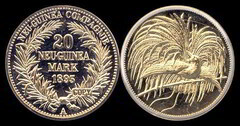
20 mark
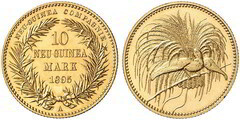
10 mark
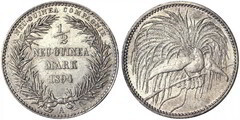
1/2 mark
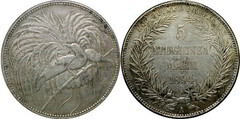
5 mark
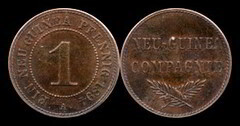
1 pfennig
The valuation of these coins has been achieved through a meticulous algorithm that considers the current market, taking into account aspects such as material, weight, diameter, edge, year of mintage, mint of manufacture and the number of coins produced. Coins with limited mintages and in good condition are usually among the most valuable.
Note the coins labelled with this message, it means that there are collectors who have that coin and are willing to make a swap. Visit their collection from their personal page.
| Coin search |
|
Country:
Name:
FO#:
KM#:
Composition:
Edge:
Diameter:
Year:
Order:
|
1 pfennig
2 pfennig
10 pfenning
1/2 mark
1 mark
2 mark
5 mark
10 mark
20 mark
Other resources to find coins and banknotes of German New Guinea
Can't find what you are looking for? Take a look at our coin finder and speed up your searches within the collections of all collectors, or if you prefer you can search directly in the list of coin collectors and access their profile to see their collections.








